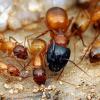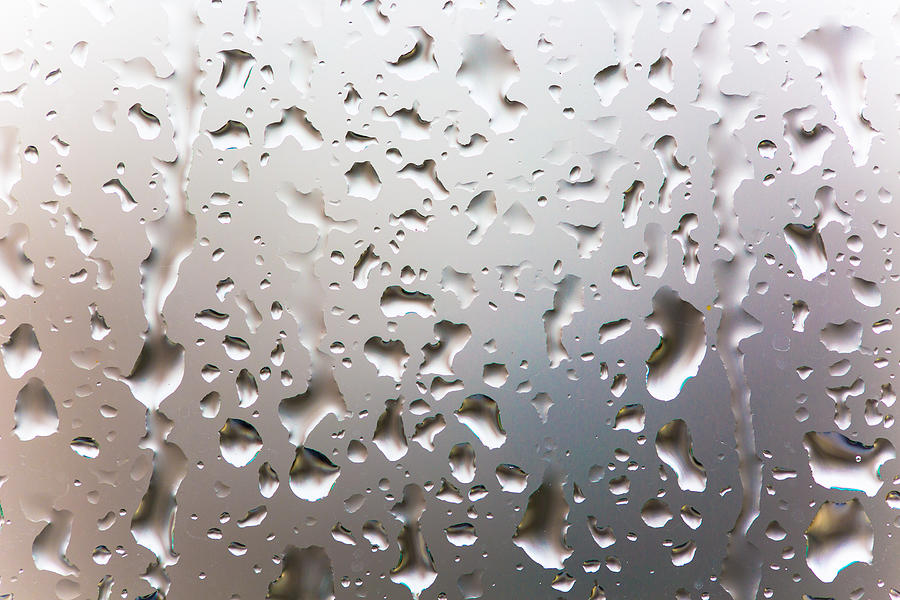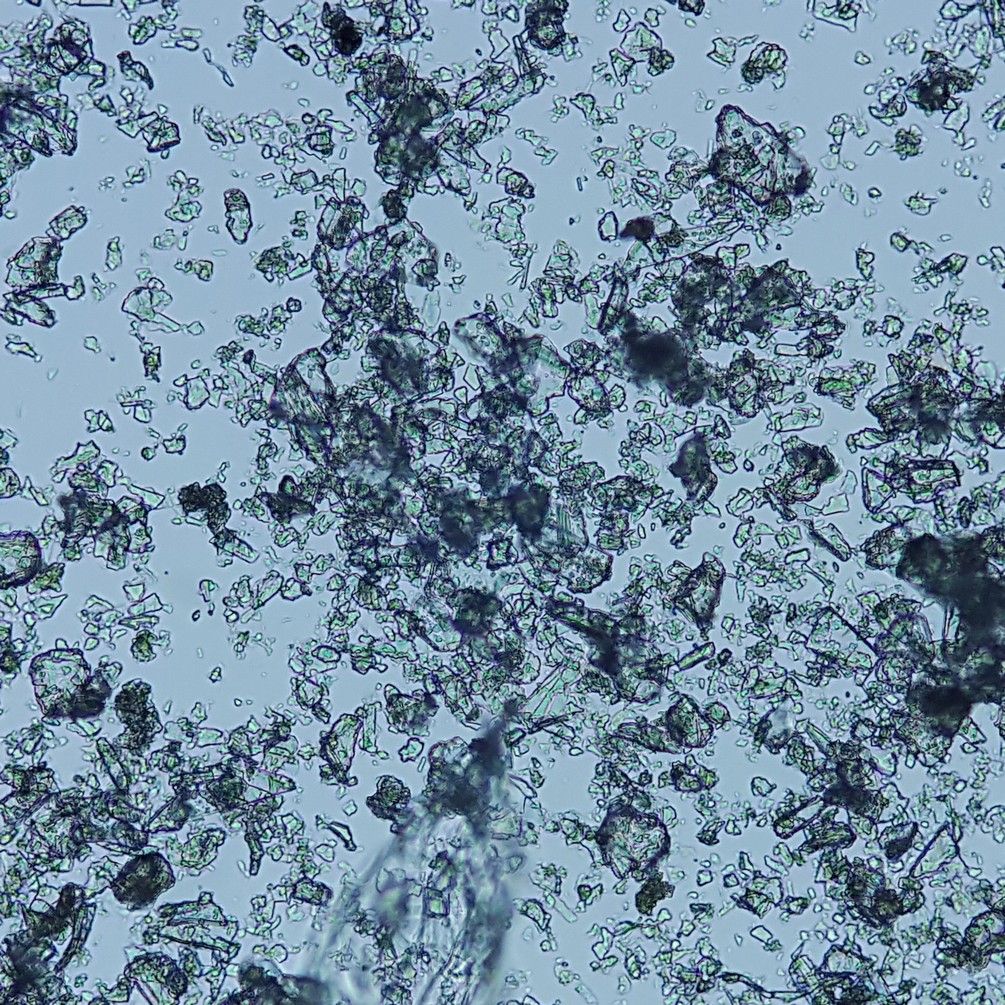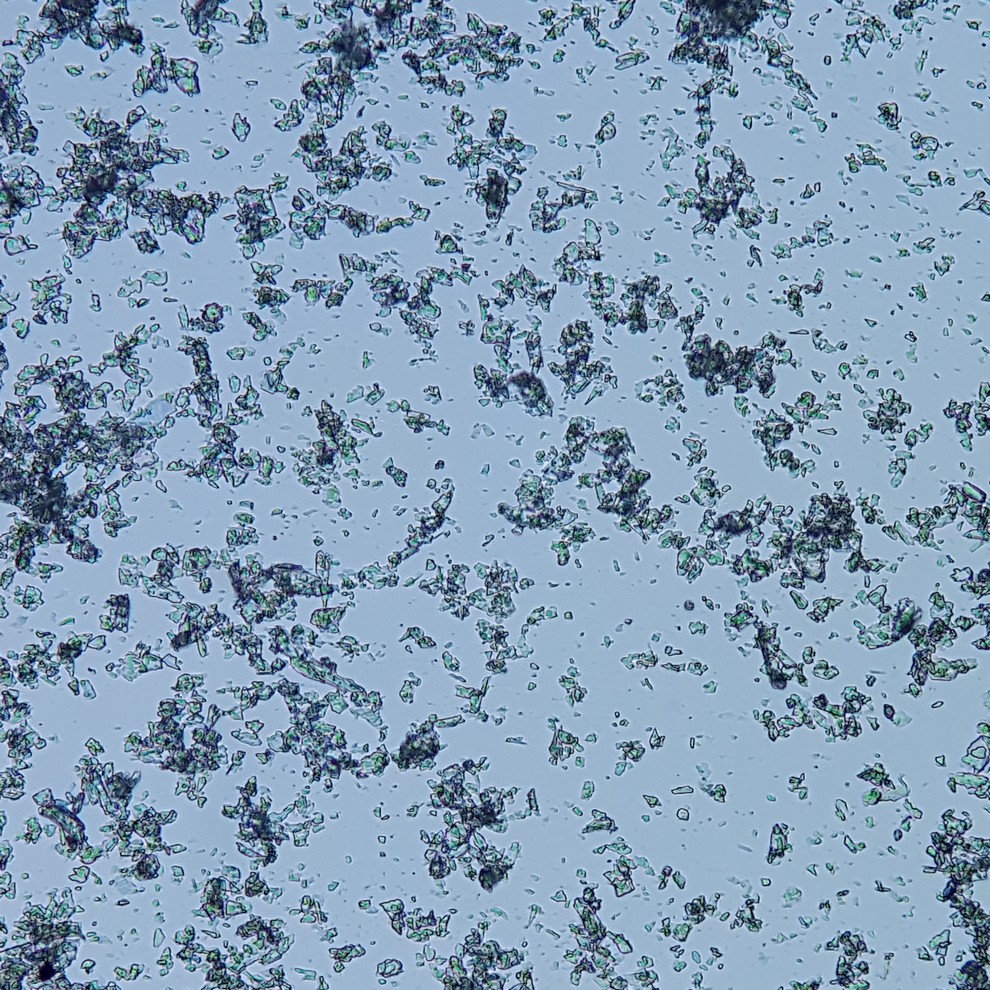What's a good escape barrier other than fluon? Ima move my cao2 colony out of the test tube and into a mini hearth. (Ill make a journal later). Thanks
- Formiculture.com
- Forums
- Gallery
- Members
- Member Map
- Chat

What's a good escape barrier other than fluon? Ima move my cao2 colony out of the test tube and into a mini hearth. (Ill make a journal later). Thanks
Paraffin oil works best for me. Tried fluon, but maybe my humidity is to high, it did not work for me.
Thanks, also heard Vaseline worked too? Is it true
I wouldn't recommend oil or Vaseline. Those are horrible to wipe off and clean. I find that talcum/baby powder works very well. Still experimenting on the most effective ways to mix it, but it should work almost as well as Fluon (and better than oil or Vaseline).
"Float like a butterfly sting like a bee, his eyes can't hit what the eyes can't see."
- Muhammad Ali
Check out my shop and cryptic ant journal! Discord user is bmb1bee if you'd like to chat.
Also check out my YouTube channel: @bmb1bee
I wouldn't recommend oil or Vaseline. Those are horrible to wipe off and clean. I find that talcum/baby powder works very well. Still experimenting on the most effective ways to mix it, but it should work almost as well as Fluon (and better than oil or Vaseline).
Forgot to mention, mix the powder with isopropyl alcohol. This way should hopefully give the best results.
"Float like a butterfly sting like a bee, his eyes can't hit what the eyes can't see."
- Muhammad Ali
Check out my shop and cryptic ant journal! Discord user is bmb1bee if you'd like to chat.
Also check out my YouTube channel: @bmb1bee
Paraffin oil works best for me. Tried fluon, but maybe my humidity is to high, it did not work for me.
Interesting. Did you mixed it with alcohol? What species walked over it? Did you actually let it dry completely? its normally 1-2 hours with 96% alcohol for me. I know when I can't smell alcohol anymore.
Wants (Please reach out if you have them for sale if you’re in the US): Acromyrmex Sp., Atta Sp., Cephalotes Sp., Myrmecocystus Sp (Prefer Mexicanus), Odontomachus Sp. (Prefer Desertorum), Pachycondyla Sp., Pheidole Sp (Prefer Rhea. The bigger the better. Not the tiny bicarinata), Pogonomyrmex Sp (Prefer Badius)., Pseudomyrmex Sp. (Prefer the cute yellow ones)
I use Olive oil for all of my barriers and as long as you reapply it every two-three months it works incredibly well.
I used olive oil but the oil keeps seperating into little sepertate drops with space in between, kind of like this:

Idk if its the type of container I'm using, the type of olive oil (extra virgin olive oil), or how I applied it, but I'm looking to see if there are better options. So, olive oil hasn't worked for me
Edited by azzaaazzzz00, August 18 2023 - 9:36 AM.
I've had good success with Olive oil it is a little annoying to clean but not too hard. I tried Vaseline but it was a pain to wash and it didn't worked for most my colonies.
I used olive oil once, and it looked like it was working at first, but then it starting getting everywhere and was a pain to clean.
Talc powder is the best - if the particle size is small enough. There is a scientific article here:
https://blog.myrmeco...-from-escaping/
(you can also find the scientific paper as a PDF on the blog. There are electron micrographs showing the differences in particle size)
They found that talc powder with a maximum particle size of less than 3 µm (D97) can prevent even Monomorium intrudens from escaping for over one year. For larger ant species the particles can also be larger (they have tested up to 22 µm max size) - but the smaller the particles the better the protection. Problem is that baby powder or talcum in general sometimes has a very large max. particle size (30-44 µm) that doesn't hold together so well and crumbles down.
I received a very fine talc powder from my private known restorer of porcelain figures. This powder behaves differently when mixed with ethanol. Under a laboratory microscope I was able to make a comparison between "normal" talc and this finer one:
Particle size: ~30 µm (normal talc)

Particle size:~10 µm (finer talc)

(the free area between the particles is designed intentionally and the particle size can be better recognized. Normally you spread it thicker so that all the particles overlap)
Very few manufacturers specify the particle size. But you can get in China finer talc if neccessary.
Edited by katzenhai2, August 19 2023 - 4:51 PM.
Interested buying in ants? Feel free to check out my shop!
Feel free to read my journals, like this one.
Wishlist:
Atta sp (wish they were in CA), Crematogaster cerasi, Most Pheidole species
Would rubbing alcohol and baby powder work as well?
0 members, 1 guests, 0 anonymous users